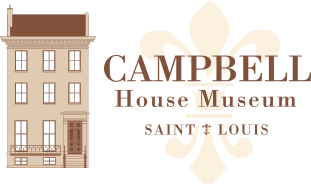Programs to fit most any age group.
The Campbell House offers a variety of educational programs and tours, which can be adapted to fit most any age group (including inquisitive adults) and curriculum. View specific examples of some of our curriculum and educational programming below. Or, read more about the Museum’s largest educational initiative, the Urban Museum Collaborative.
Educational Programs
Very often, we hear from teachers that field trips and outside educational programs are difficult to justify or organize because of the increasing need to adhere to government education standards. To help alleviate this, we’ve included Common Core Missouri State Standards in the introductions to each program. For more information on the Common Core State Standards Initiative, click here.
Flexible appointments for these programs and tours are available every day of the year except national holidays. The rate for groups of 10 or more is $5 per student, schools are encouraged to contact the Museum to discuss pricing. Teachers, chaperones and drivers are free. Groups of up to 60 people can be accommodated.
There is a multi-purpose room that can be utilized for bagged lunches. Buses are authorized to park at meters on the street without paying a parking meter.
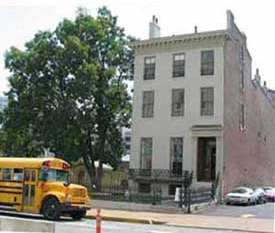
Learn More About Our Curriculum
Educational Tours
Campbell House Educational Group Tours are designed to incorporate a variety of topics and themes. Some suggested topics are listed below, and we welcome any topics not listed. Visitors are welcome to choose one or more topics to be incorporated into the general tour.
History
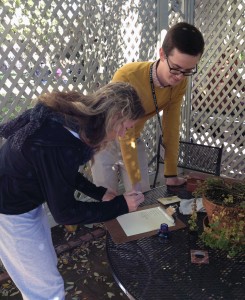 The Campbell family lived in St. Louis at a time of great industrial and social change. Robert Campbell made his fortune in many business expenditures, including steamboats and hotels. He obtained the greatest success from his involvement with fur. Historical tours concentrate on a variety of subjects.
The Campbell family lived in St. Louis at a time of great industrial and social change. Robert Campbell made his fortune in many business expenditures, including steamboats and hotels. He obtained the greatest success from his involvement with fur. Historical tours concentrate on a variety of subjects.
- Campbell Family history
- Employment (see also Economics)
- General overview of St. Louis history
- Changes in economy (see also Economics)
- Changes in society (see also Humanities)
- Immigration
Humanities (Sociology and Anthropology)
These tours look closely at the people of St. Louis, their relationships, everyday living and how society was affected by the many changes taking place in St. Louis and America as a whole.
- Roles of women, men and children
- Old Money vs. New Money, the joy and consequence of economic success in St. Louis
- Societal structure (the class system in America)
- Societal rituals, parties and other social gatherings, material culture, such as furniture and dress/fashion (see also Art & Architecture)
- Roles of servants (maids, butlers, cooks, etc.)
- Shopping and Entertainment
Economics
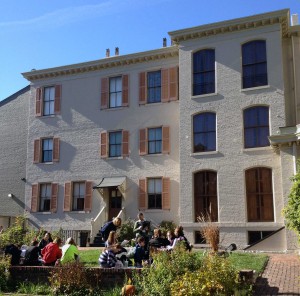 The nineteenth century witnessed dramatic economic changes throughout America.
The nineteenth century witnessed dramatic economic changes throughout America.
- Steamboat industry
- Fur trade in Missouri
- Industrial Revolution
Geography
St. Louis was built as a river town, but as the town’s dependence on rail and auto travel increased, its dependence on the river lessened.
- St. Louis landscape, how cities change over time
- Flight and blights, changes in city landscape based on societal and economic perspectives
Science
The Campbell House restoration provides an excellent opportunity to see science in action.
- Conservation techniques and restoration methods
- Environmental and health issues
- Nineteenth century medical practices
Art & Architecture
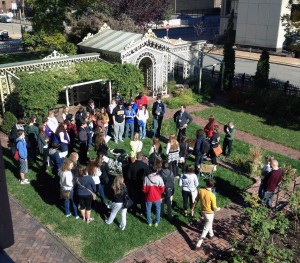 The Museum’s unique buildings house an unparalleled collection of original Campbell family examples of decorative arts.
The Museum’s unique buildings house an unparalleled collection of original Campbell family examples of decorative arts.
- Development of American residential architectural styles
- Victorian decorative arts and interior design (including furniture, painting, sculpture and fabrics)
Miscellaneous
- Teacher Development: How can teachers use museums to supplement classroom learning
- Foundations of museum curatorship
